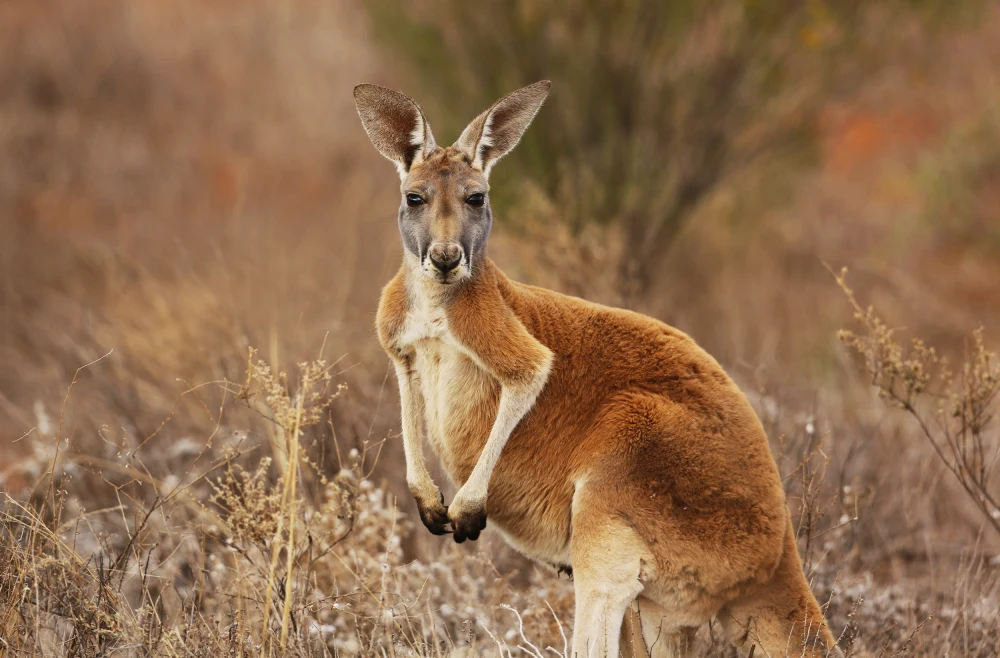Scientists Achieve World’s First IVF Kangaroo Embryos, Offering Hope for Endangered Species
Researchers in Australia have successfully created the first-ever kangaroo embryos through in-vitro fertilization (IVF)—a groundbreaking achievement that could play a vital role in preventing the extinction of endangered marsupial species.
While Australia has an abundance of kangaroos—so much so that they are commonly eaten—the country has also seen a significant loss of marsupial species. Now, scientists believe that their IVF breakthrough could help protect some of Australia’s most at-risk animals.
“Our team built on years of experience working with reproductive technologies in domestic animals like livestock and horses,” said Andres Gambini, lead researcher and lecturer at the University of Queensland. “By adapting these techniques to the unique biology of kangaroos, we were able to create an embryo in the lab for the first time.”
Unlocking the Mysteries of Marsupial Reproduction
Marsupials reproduce differently from other mammals, making this achievement particularly significant. Unlike placental mammals, kangaroos have an extremely short pregnancy, and their embryos can enter a state of suspended animation for several months.
“Our success with IVF helps us better understand these early stages of development,” Gambini explained.
This knowledge could be crucial in conservation efforts, especially as Australia faces a biodiversity crisis. Since European settlement, at least 33 mammal species—many of them marsupials—have become extinct. In response, the Australian government announced a 10-year “zero extinctions” plan in 2022, setting aside at least 30% of the country’s land for conservation.
“If we keep doing what we’re doing, more plants and animals will become extinct,” warned Australian Environment Minister Tanya Plibersek. “Even koalas are now endangered on the east coast of Australia.”
According to a 2023 report by the Australian Conservation Foundation, over 2,200 species in the country are currently threatened with extinction. Conservationists argue that existing laws designed to protect wildlife are failing, often poorly enforced and full of loopholes.
A Step Toward Saving Endangered Species
Although kangaroos themselves are not endangered, the University of Queensland researchers hope their IVF breakthrough will pave the way for preserving other marsupials under threat, such as koalas, Tasmanian devils, and northern hairy-nosed wombats.
“This work gives us a new tool to help preserve genetic material in endangered species,” Gambini said. “By creating and freezing embryos, we can safeguard the unique genetics of these animals.”
IVF has already been used in global conservation efforts. In 2023, scientists in Italy achieved the world’s first IVF rhino pregnancy, offering a glimmer of hope for Kenya’s northern white rhino—of which only two remain. By transferring a lab-created embryo into a surrogate mother, researchers have taken a crucial step toward preventing the species’ extinction.
Gambini acknowledges that the kangaroo IVF breakthrough is just the beginning of a long road ahead.
“There are many unknowns, as we are just at the beginning, and there is a lot to discover yet,” he said. “But when combined with other strategies, it can make a real difference for species at risk.”
With science and conservation efforts working hand in hand, the future may still hold hope for Australia’s most vulnerable wildlife.
